At the heart of the identity verification process there are two fundamental technologies: Document Cropping and Field Recognition Algorithms. These technologies are not just tools, but the backbone of modern identity verification systems, which are continually improved and innovated to meet growing and changing needs of the modern age. By refining the accuracy and adaptability of the systems, more reliable and efficient identification results are achieved. This contributes to a smoother identity verification process and a better overall user experience.
In this article we aim to explain those technologies and show how we have recently improved them at PXL Vision.
Document Cropping Improvements
Document cropping is a practice used in digital identity verification that helps to cut out only the ID document from an image. Imagine you take a picture with your phone and your ID is somewhere in the picture. The technology is programmed to automatically detect the ID document in the photo and make sure it is front and centre. This makes the whole process of verifying someone's identity faster and easier.
Optimised document cropping
We at PXL Vision are continuously optimising our technologies. Our in-house tech team uses advanced computer vision technologies to accurately locate necessary documents within an image by:
Background discrimination: Our system uses clever engineering tricks to distinguish documents from all sorts of busy scenes. Imagine your badge is on a desk cluttered with things like keyboards, newspapers or even other documents. Our system can still recognise it. It's not just about clutter - lighting can be tricky too. Whether it's in a dimly lit room or under bright lights that cause glossy reflections, our system knows how to find the document and focus on it. In this way, we accurately retrieve the document - even when the background or lighting conditions are difficult.
Adaptive learning: PXL Vision's machine learning algorithms are continuously refined using a data set that is highly representative of real-world conditions. This includes different document types and capture scenarios, such as varying backgrounds and lighting conditions, making the system robust and versatile.
Document cropping for magnetic bands as a challenge
Our goal at PXL Vision is to enable our customers to achieve the highest possible conversion rates in the context of identity verification. The fact that we can support as many ID documents as possible also contributes to this goal. Our document cropping technology is trained on hundreds of thousands of documents in production, and it is rarely the root cause for a failed identity verification. However, In the course of supporting more and more international documents, a new challenge was being encountered: documents with magnetic bands. Magnetic bands on documents might sound unusual since they are rare on passports or ID documents. However, they are on Canadian driving licences for example. Given the role as an international digital identity provider, adapting to this was essential.
After researching and testing this certain use case, our cropping model had been trained to account for documents with magnetic bands, with all possible backgrounds. By figuring out how to handle these magnetic bands, the system got more capable. Now, it can deal with more types of documents and is easier and more reliable for usage.
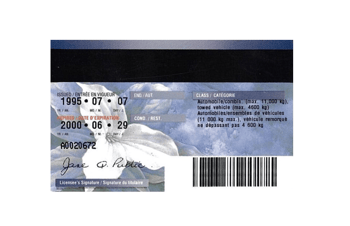
Canadian Driving License with magnetic band
The following improvements have been made to our enhanced document cropping:
- Improve ID scanning accuracy: By providing clear, well-focused images of ID documents right from the start. This sharp start means that every subsequent step in the ID scanning process is more accurate.
- Improve conversion rates: Our automated, accurate document cropping reduces the need for manual correction, minimising human error. This streamlines the ID scanning process, resulting in fewer dropouts and higher conversion rates.
- Improved UX: Our system accommodates a wide range of document submissions without the need for manual adjustments, providing a seamless and user-friendly experience.



Improving Field Detection Algorithms
After document cropping, field detection is a crucial part of online ID document scanning. It involves locating specific areas on these documents that contain important details such as names, ID numbers and dates. Ensuring that this step is done accurately is very important as it sets the stage for the computer to read and extract this information correctly at a later stage. This process of the computer reading and extracting text information is known as OCR, which stands for Optical Character Recognition.
Our techniques for Field Detection Algorithms?
- Precision in Detection:
We utilise cutting-edge image processing and computer vision technologies to accurately identify and highlight the areas of a document that hold crucial information.
- Adaptive Algorithms:
Our algorithms are flexible, meaning they can handle different types of ID documents, no matter how they are laid out or turned. This ensures that the software can always find and accurately read the important bits on a wide variety of documents.
Benefits of advanced Field Detection Algorithms
The advancements in field detection bring forth substantial benefits:
- Optimised OCR accuracy: By ensuring that OCR technology focuses on the correct areas of a document, we significantly improve the efficiency and accuracy of the information extraction process.
- Reduced error rates: Our targeted approach minimises the processing of non-essential areas of the document, reducing the likelihood of errors and increasing the quality of the extracted data.
- Streamlined KYC processes: With faster document processing times and fewer dropouts, our enhanced field recognition algorithms contribute to smoother (KYC) processes, ultimately leading to higher conversion rates.
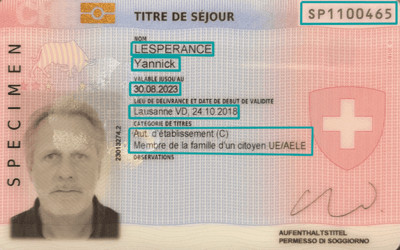
Detecting on cropped documents
Conclusion
The combined advancement of document cropping and field detection algorithms represents a significant leap forward in the field of digital identity verification. Through the integration of cutting-edge computer vision and machine learning techniques, document cropping has been significantly refined, optimising the ID scanning process to improve both efficiency and user experience.
At the same time, the development of field detection algorithms using the latest image processing technology has greatly improved the accuracy of Optical Character Recognition (OCR). By accurately identifying and focusing on key areas of ID documents, these algorithms minimise errors and streamline Know Your Customer (KYC) processes, increasing overall conversion rates. Together, these technology enhancements underscore a continued commitment to refining digital identity verification to ensure it remains both reliable and accessible. This commitment not only enhances security and compliance across industries, but also helps pave the way for a future where digital transactions are seamlessly integrated into our daily lives, enhancing trust and convenience in the digital age.
.png?width=126&height=101&name=logo%20(2).png)
.png?width=63&height=51&name=logo%20(6).png)

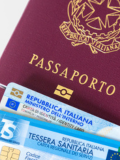



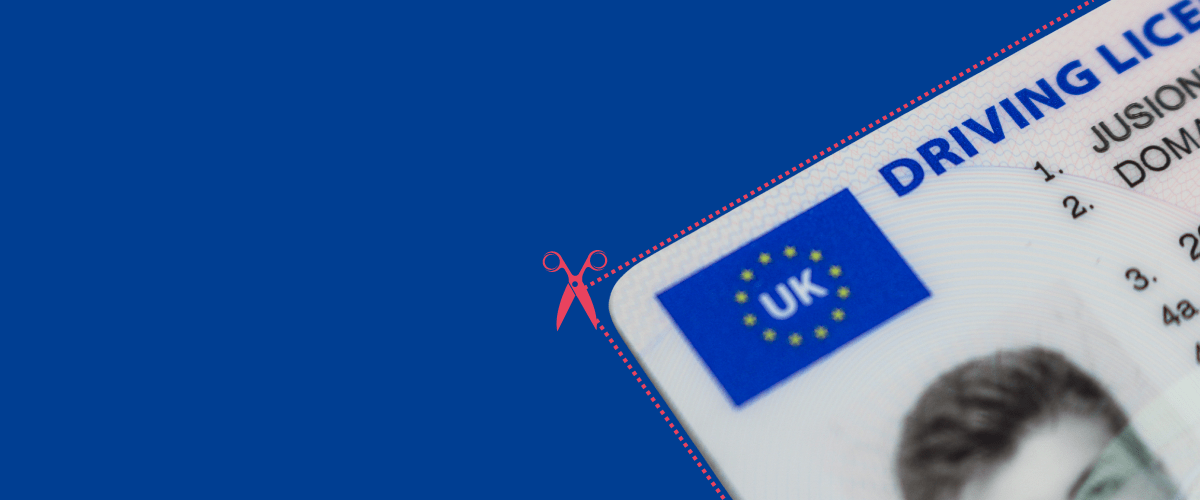
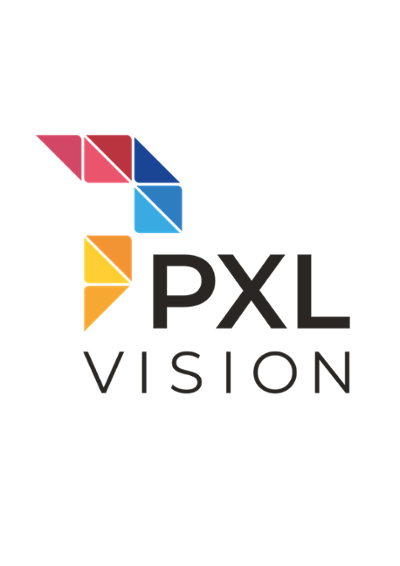




%20.jpg)
